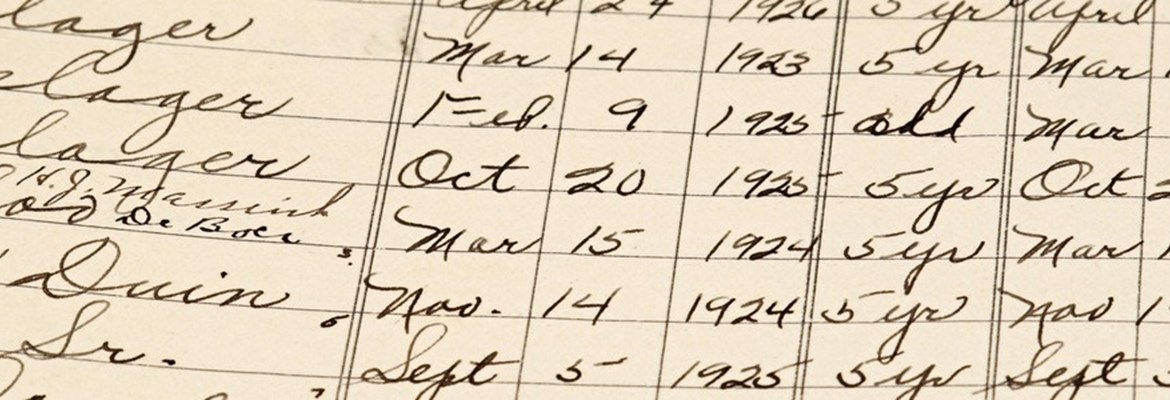Sometimes we have procurement projects where the project goals are undermined by Dickensian thinking. David Parmenter in his book Winning CFOs writes that the paper-based processes deployed in the accounts payable function are akin to operating in Charles Dickens’ era. Why? Because in Dickens’ time it was all quill and ink and that’s not good enough anymore. David believes, as I do, that the AP function needs to operate smoothly because if it does not, the consequences impact the business.The consequences include monthly accounts being late, the business not knowing its liabilities at any one time and a low level of accuracy in the monthly accounts due to missed liabilities and posting errors. The result is that too much time is spent dealing with supplier queries and internal budget holders spend their time reconciling their budgets. Yet again how many times do we see Excel used to paper over the AP cracks?To move out of Dickensian times the organisation needs to embrace:
- Paperless AP function; invest in an electronic ordering system and seriously consider a purchase card.
- Establish processes to close AP function on the last day of the month.
- Improve behaviour of all staff along the AP value chain (internal).
- Use self-generated invoices.
- Reduce the number of suppliers.
It is unnerving the number of times I hear about organisations that, as part of their system of internal control, in order to have each payment run signed off, the payment listing is supported by the signed paper invoices. If this is a required step then the organisation needs to reflect upon the system of internal control such that each payment does not have to be audited. This is the stuff universities peddled in the 70s. Hopefully we all use electronic systems and processes that retire these practices to historical obscurity.
In the recent Professional Advantage iPOS user survey, 83% of respondents would “seek to analyse the nature of [their] spend and look at actions to reduce effort” if their organisation had an objective to decrease the AP effort by x days per month. For me this response was disappointing as I would have expected a more holistic approach to improving the effectiveness of the AP function. Why not consider purchase cards for all purchases under $2000? Or maybe introduce invoice scanning? Or investigate the reasons why the AP function can’t close on the last day of the month.The people element is often a contributing factor to retaining 70s style practices. It may just be a case of looking to the people. When making improvements to the AP function, part of the solution is considering the impact the users and budget holders have on new processes. My colleague, Neil Richardson, made this point in a recent post on tough empathy when introducing changes. To summarise Neil’s point: the company has invested in revised processes, it is your role to support those processes. Each time you avoid or subvert them you diminish the value of the investment to the company. If you can’t support the company processes you will need to find another place to work.Many companies have, or are well on their way to having, effective AP functions. For those on the journey to creating more effective AP functions and dropping Dickensian practices the solution will include people and process, ably led by senior stakeholders providing a vision and roadmap.







